A key part of the pre-production process is building a schedule. A schedule isn’t limited to when you’re going to shoot the film. It includes when locations need to be secured, crew hired, when and where wardrobe and props are needed. The schedule provides a timeline for your film and allows you to fully plan how your budget is going to be divided.
To create the best schedule, you must account for every element in your story.
How does one find all those elements? Simple: They are in your script.
A Script Breakdown is when the producer and/or the first assistant director take the locked script and go through and mark the occurrence of every element. This should not be confused with a casting breakdown, which is used when finding your actors.
The first step in the script breakdown process is to have a script that you feel is ready to be broken down. It won’t do you any good to start planning your production if the script is still in the collaborative stage.
We waited until we were pretty certain there would be no more major changes – because we didn’t want to lock in the shoot dates until we were sure no locations would be changing dramatically. – Rachel Noll, Producer of The Storyteller.
Now let’s be honest, a script is never truly finished. Even while filming there can be changes. Still, a schedule has to be made. So how does a filmmaker know when their script is ready for breakdown?
Once we had a general idea of what our locations were and where they were located, and had secured our cast and confirmed they had no conflicts with the shoot dates, we sat down with our 1st AD to break down and schedule the script. This happened in January – 5 months out from the shoot. We wanted to get this stuff locked down early so we could start booking travel for our actors. – Rachel Noll, Producer of The Storyteller.
The script is ready? Time to start breaking it down!
Step 1: Number Your Scenes
Below is an example of a Scene Heading from a writer’s draft:
Int. Heather’s Apartment – Afternoon
Now this is fine for the writer, but production needs to know how many scenes are in the script and which of those scenes are self-contained. A self-contained scene is one that can be shot in its entirety. Thus whether you schedule that scene in the morning, afternoon, end of the shoot or the beginning of the shoot, you’re going to film the entire scene.
Below is an example of a Scene Heading from a production’s draft:
1. Int. Heather’s Apartment – Afternoon 1.
Step 2: Measure Your Scenes
Numbering the scenes also allows production to have an idea of how long each scene will be. In a properly formatted script, 1 page equals 1 minute of screen time. So, if Scene 5 is three pages long, we can estimate that Scene 5 will equal 3 minutes of screen time.
An 8th of a Page:
When it comes to the length of your scenes, you want to be as specific as possible. If a scene is longer than a page but less that two pages, simply saying “the scene is a page and a half,” doesn’t work. The industry standard is to divide your pages into 8ths.
Thus a scene that’s longer than a page, but less than two, can be accurately described as “a page and 3/8ths,” or such.
While there are many programs that aid in the breaking down of a script (more on those in a moment), there is a more tactile way:
1. Print out your script
2. Take a ruler
3. Using the ruler, horizontally divide your script into 8ths.
Here’s a visual for that nifty little trick.
Step 3: Time To Color
Whether you are working in a budgeting software or are using a printout and colored highlighters/pencils, the process in the same. Each element in your script is assigned a color or symbol. You then read through the script and highlight (or if using color pencils, underline) the element with its corresponding color/symbol.
The Elements and their color/designated symbol:
1. Cast – The speaking actors. Remember, this is NOT for casting, this is so you know which members of your cast are needed in a given scene.
2. Featured Extras – An extra that has no lines but performs a specific action
3. Background Extras – Extras that create the atmosphere for a scene. Example: Diners in a restaurant.
4. Stunts – Any action where you will need a stunt coordinator and possibly a stunt double for the actor(s).
5. Props – The objects in a script that are used by the actor.
6. Special Effects
7. Vehicles/Animals
8. Sound Effects/Music – This is for anything that happens on set, NOT sounds added in post.
9.Wardrobe (circle all occurrences) – This is for specific costumes needed for the production AND to track any changes to those costumes. Example: The character is running in the woods, trips and rips their pants.
10. *Hair/Make-up* – All actors have hair/make-up done, but this is to call attention to a particular story point. Example: The character has been cut and is bleeding.
11. Special Equipment (box all occurrences) – Does the scene require any kind of unique camera equipment? Example: The scene takes place in a lake, and you would like an underwater camera to do a shark POV.
12. Production Notes – This calls attention to any concerns/questions for a given scene.
Still need help with the breakdown? Here’s a great video from a working Assistant Director that takes you through the process:
Step 4: The Breakdown Sheets
Once you know every element needed for every scene, you will use that information to create both your schedule and determine the budget not only for your department as a whole, but how that budget will be divided between the different departments.
Each scene of the script is given a Breakdown Sheet. It lists all the different elements and information for that scene.
Here’s an example of a Breakdown Sheet template. Breakdown sheets are then used to build your production schedule.
So Many Programs!
Our 1st AD – who is usually in charge of scheduling the shoot – did the breakdown with me (producer.) So I was able to offer insight into some of the production logistics, and she worked within the software to break it down digitally into the scheduling program. – Rachel Noll, Producer of The Storyteller.
As mentioned above, there are a number of computer programs that are designed to help breakdown, schedule and budget a film. Let’s take a look at some of them:
Final Draft Tagger – This function allows you to go through the script is Final Draft and “tag” all the elements. You can then export those tags and input into most scheduling software. This is basically the same as using a highlighter but done digitally. The caveat is that you must use a scheduling software that can use the export. Here’s a link that lists the types of scheduling/budgeting software that is compatible.
Movie Magic Scheduling – Allows you to input all of your elements, create the breakdown sheets and, based on those sheets, create a schedule.
Our AD utilized a program called Scenechronize online. She prefers this program for its ease of use compared to Movie Magic Scheduling. – Rachel Noll, Producer of The Storyteller.
Scenechronize – The big difference between this program and Movie Magic, is that Scenechronize is a web-based program. Here’s an in-depth article describing the differences between the two programs.
The prep work is now over: With your breakdown sheets in hand, you can commence with scheduling your production. Join us next time when we do just that; Scheduling and the Importance of Having a Great 1st AD. Until then, here’s a trailer for another movie about making movies that came out this year. May your production be easier than theirs:


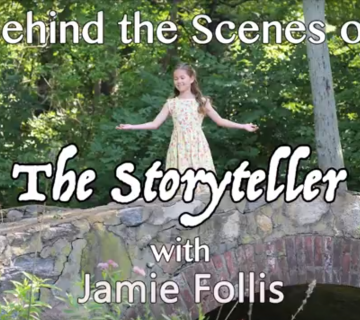
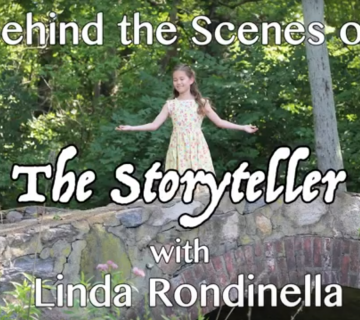
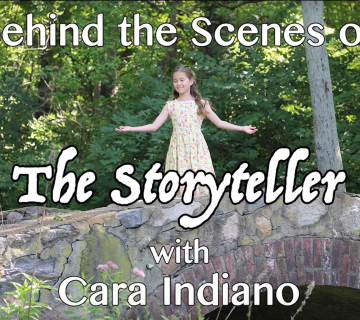
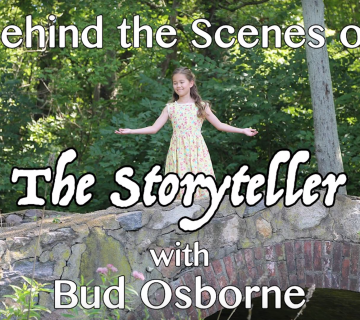
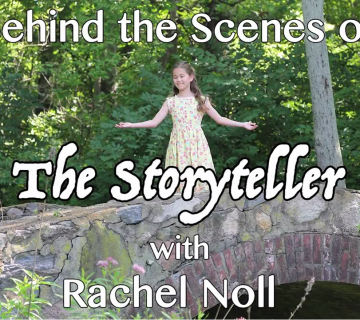


Join the Conversation →